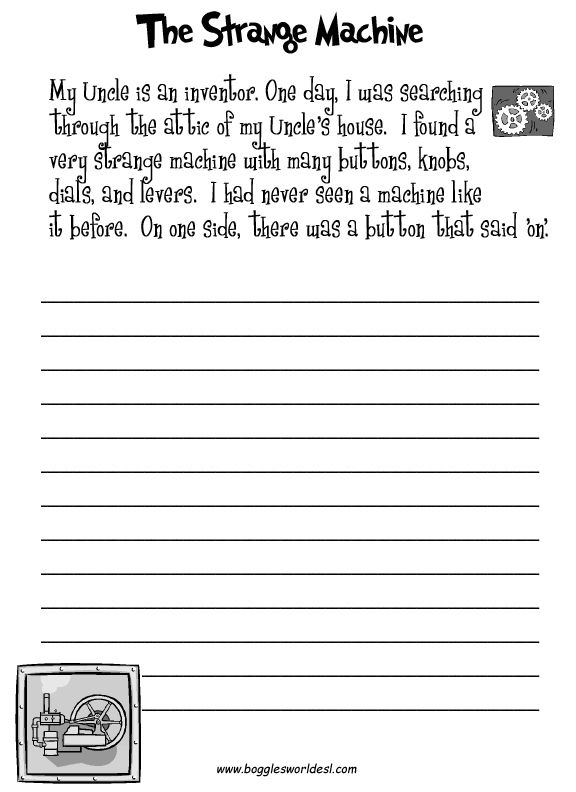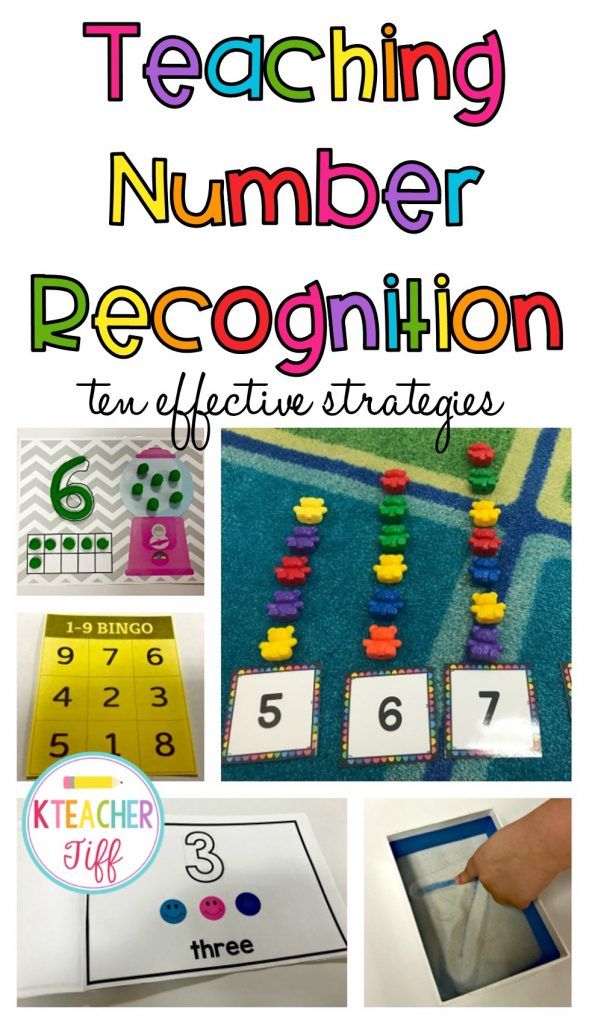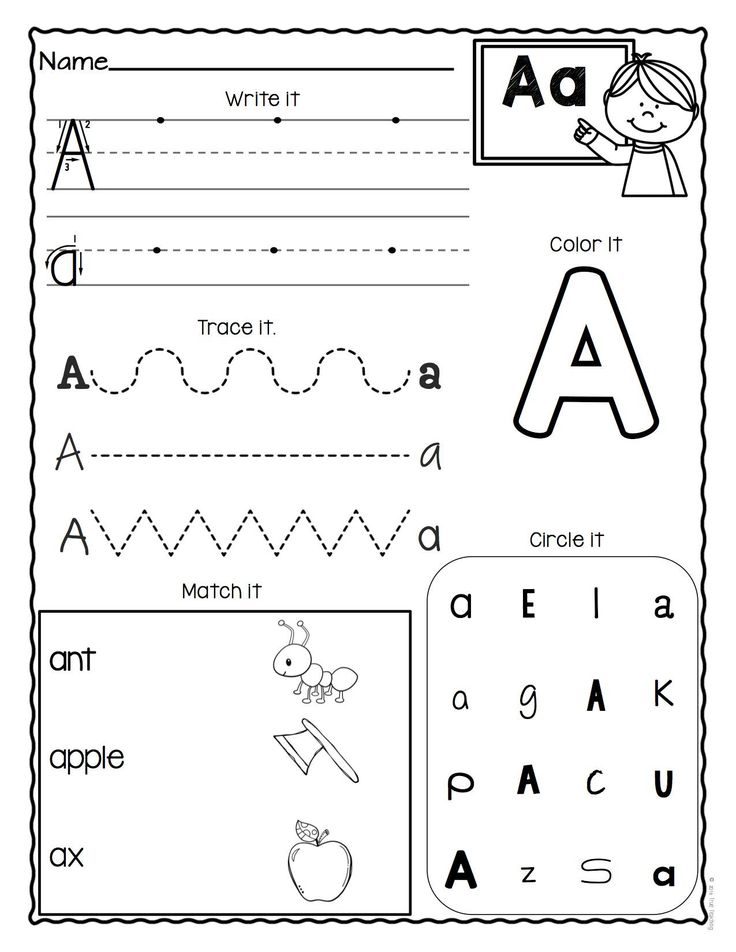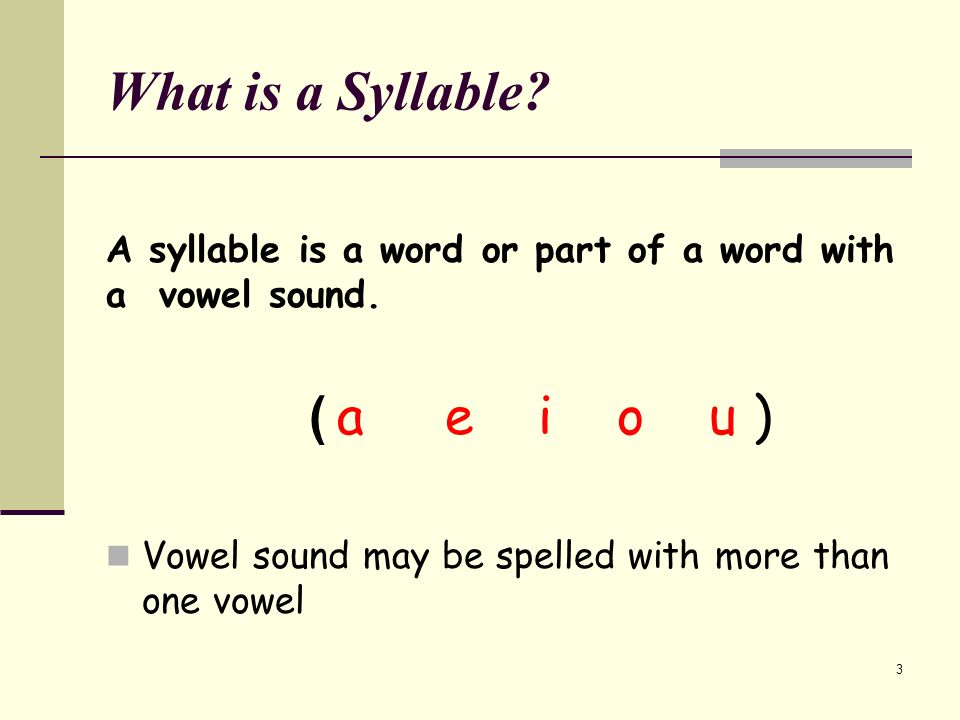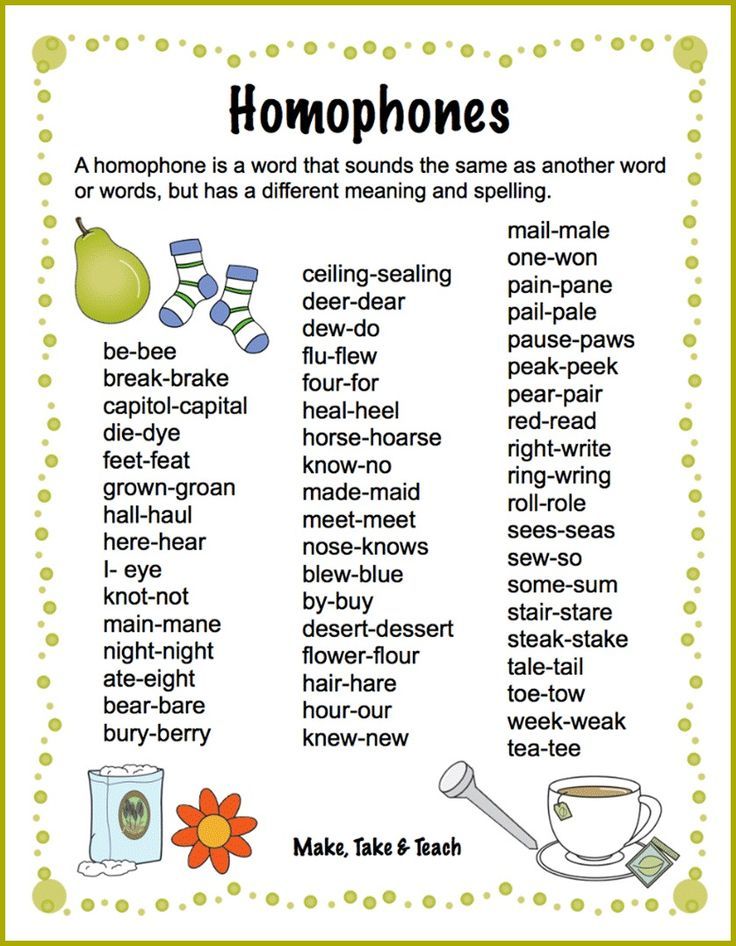Writing fun for kids
8 Ideas and Activities for Making Writing Fun in Upper Elementary
Making Writing Fun Activities Written by Guest Blogger Jessica Thompson, 4th Grade Teacher
Writing. The minute the word is mentioned there is an audible, in-sync sigh from the students. Of course, there are a few super excited students who cannot get their ideas down quick enough. For every handful of excited writers, there is a large portion of the class that “has nothing to write about.”
The struggle is real, y’all. For both teachers and students.
The big question for teachers is not only how to make writing fun and engaging, but how do we get students excited about writing?
Fun Writing Activities To Try
Here are 8 Activities to try with third, fourth, and fifth grade students. These activities are to get our young writers excited about writing which will make formal writing tasks less daunting.
1. Think-Write-Pass:
This is always a favorite that gets lots of laughs.
Put students in groups of four. Give each student a piece of paper and have them write their name on the top.
Have students write for 2-3 minutes. You can give them a topic, or simply have them write about whatever they want.
When the time is up, students pass their paper to another student in their group. Each student in the group will have to read, continue the writing, and pass the paper again 2-3 minutes later.
When each student gets their own paper back they get a few minutes to complete the story. If time allows: let the groups choose their favorite one to share.
2. Sticky Note Stories:
Students want to share stories with us. There are so many stories - from their weekend, the ball game, recess, at their Aunt Barb’s birthday party 5 years ago - they have so much that they want to tell us!
It’s usually the same students ones who are constantly trying to tell us stories that, come writing time, same they have nothing to write about.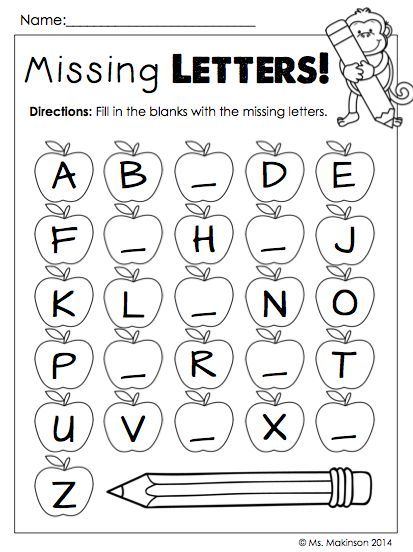 Sticky Note Stories are an easy solution.
Sticky Note Stories are an easy solution.
A sticky post it note is not nearly as intimidating as a piece of notebook paper.
When a student has a story to share, tell them how much you want to hear it - but they have to write it down on the sticky note.
A holiday weekend? A school event? A birthday party? A football game? Write it on a sticky note.
3. Found Poetry
Make copies of text from a book you are reading and have them find words or groups of words throughout the text to create a poem.
They can circle these words and draw pictures or designs around everything else to make the poem pop. See some examples of found poetry here.
3rd, 4th, and 5th grade students can also use words cut out from magazines to create a poem. It is best to precut words and have them in a container to make sure all words are appropriate.
4. Go Outside!
A change of scenery makes everything more fun.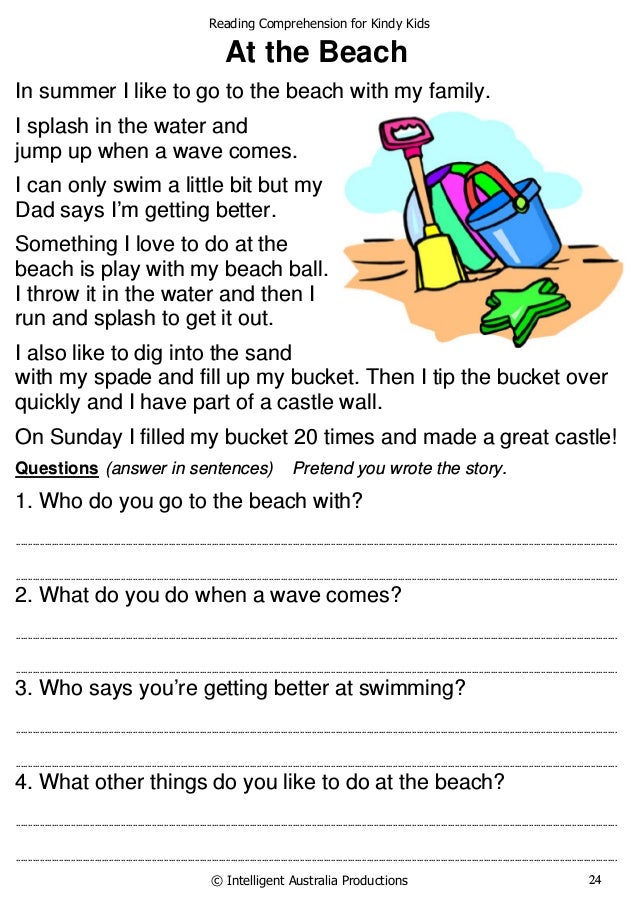 Take the notebooks and pencils to the outdoors for 10-15 minutes. Have students sit and use their 5 senses to write observations.
Take the notebooks and pencils to the outdoors for 10-15 minutes. Have students sit and use their 5 senses to write observations.
You can stop there, or take this activity a little further and have students write some poetry!
Give them free rein, or add some guidelines for structure.
This free cinquain writing template is perfect for an activity like this!
5. This or That
Sometimes all students need is a little bit of choice and control. Give them that control with This or That.
This is easy - simply provide them with 2 writing prompts and let them choose!
It can be time consuming to create choice boards with 9 options, but with This or That you only need to create two.
6. Silly Pictures
This is an easy way to make writing fun!
There are millions of funny pictures without captions on the internet. The key is to find appropriate ones and save them for later use.
Put the picture up on a projector, mirror it to a screen, or print it out.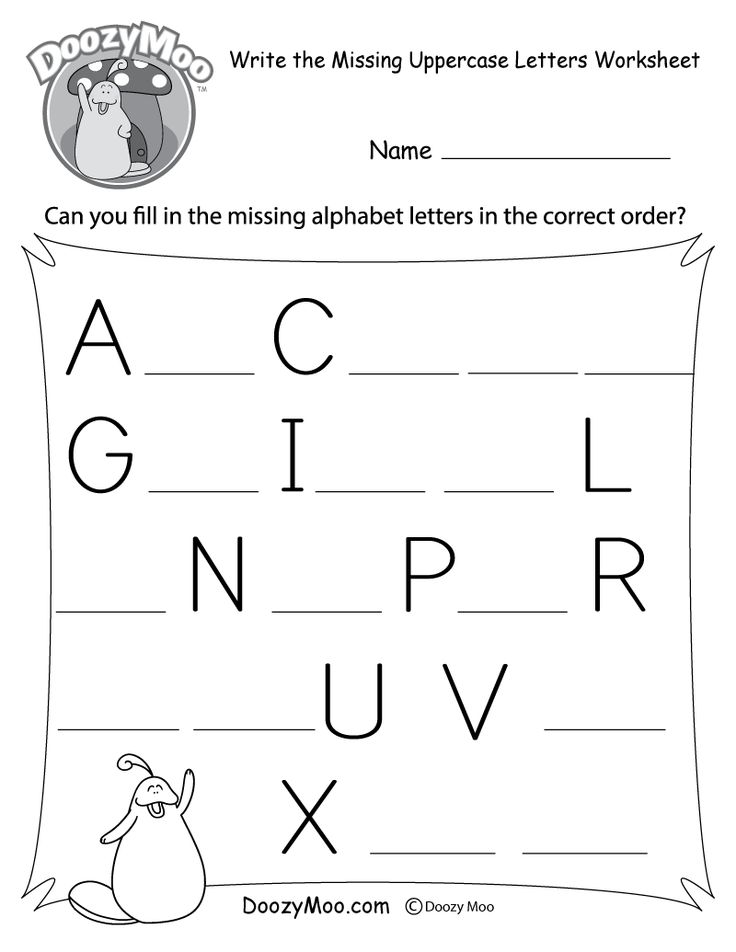 Have students write about what is happening in that picture.
Have students write about what is happening in that picture.
This is great to practice skills such as predicting, inferring, cause and effect, and problem and solution.
7. Persuasive Letters
Two birds, one writing piece. The key to making this writing activity fun is choosing a topic that is sure to of interest of students.
What student wouldn't love to try to convince their teacher that recess should be longer? Or that they should be able to skip homework one night? Or that they should have a pizza party?
The list of ideas is endless. They could write to their parents on why they should have a later bedtime or get a dog. They could write to the principal on why donuts should be served with breakfast. They could write to an author on why they should write another book in their favorite series. You could also let students choose the topic.
3rd, 4th, and 5th grade students have fun arguing their point and they will learn quickly the importance of supporting their claim.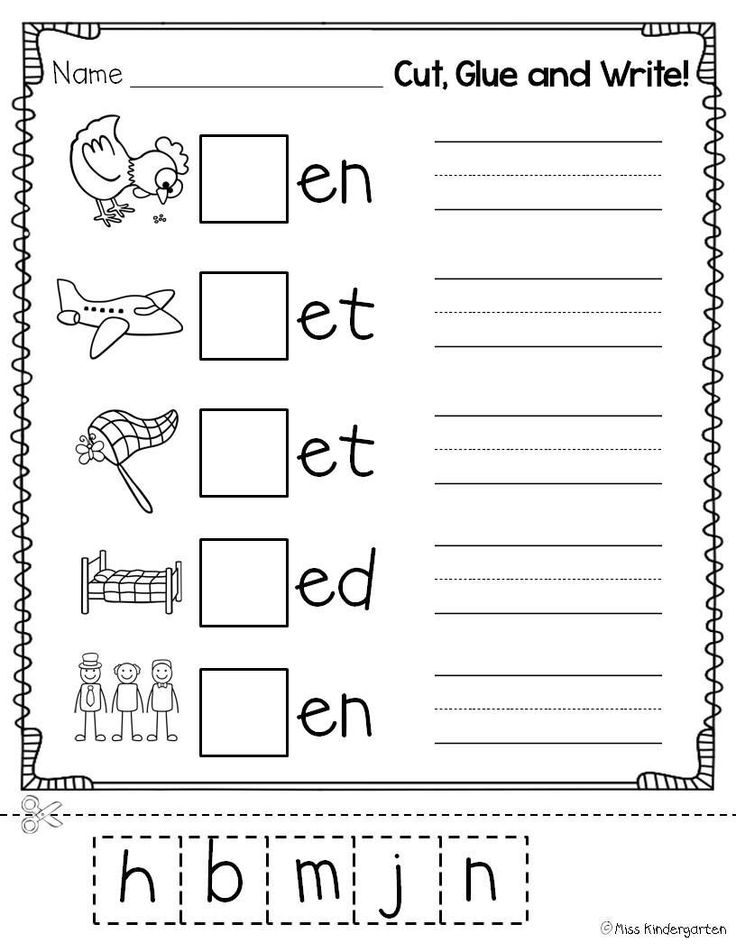
8. Quick Writes
Quick Writes are a timed writing. The idea is not to scare the students, but for them to get their ideas on paper as quickly as possibly and to be writing or thinking the entire time.
Give students a prompt, and then tell them to write down whatever comes to mind over the next 5 - 10 minutes. Make sure students aren't worried about spelling or a grade - the goal is to just spend some time writing.
If you are looking for a more polished piece, you can have students do this daily for 3-5 days. Then, have them choose their favorite quick write to revise, edit, and turn in.
An Extra Tip for Making Writing Fun
A personalized writing notebook can be an easy way to motivate students to write. This is something that is theirs and they have more ownership over.
Composition books can easily be decorated with pictures, stickers, photographs, etc. and covered with contact paper. Letting them take the time to decorate a notebook with things that are important to them can give them more ownership over their writing - as well as help stir up ideas for writing!
Bonus: Writing will not get lost easily! Make one yourself as a teacher and use it! Let the students see you write.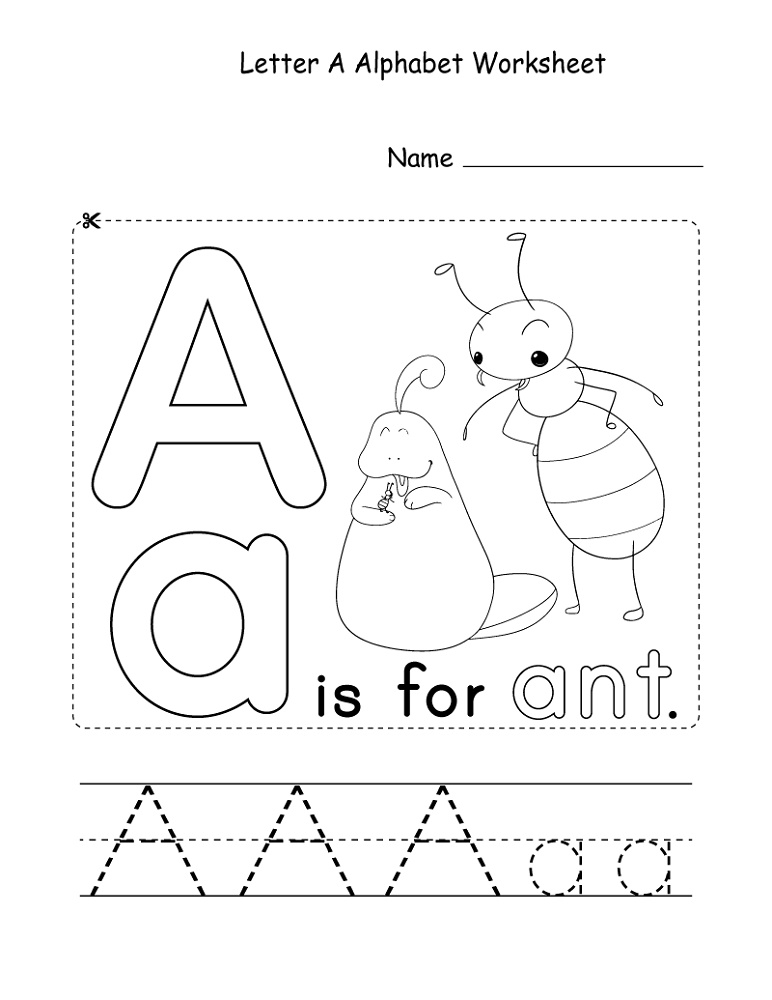 Read your writing to them and make time for students to share too.
Read your writing to them and make time for students to share too.
Never Stress Over Sub Plans Again!
Make copies, find a fiction book, and you'll be ready for any emergency that comes your way!
20 Fun Ways to Get Kids Writing
For any student, writing can be a challenging task. The prospect of being faced with a blank piece of paper and trying to write something can be daunting. However, for most students, once they are started they are able to create some fantastic work.
We've gathered 20 fun activities to get your elementary students excited for writing and simple teaching ideas to ensure you are able to get the most out of your wonderful students.
1. Story Dice
Shop Now on Amazon
If your students struggle to get their creative juices flowing, then perhaps story dice could help. There are many variations of story dice, but overall their purpose is simple. Students roll the dice and see a collection of images.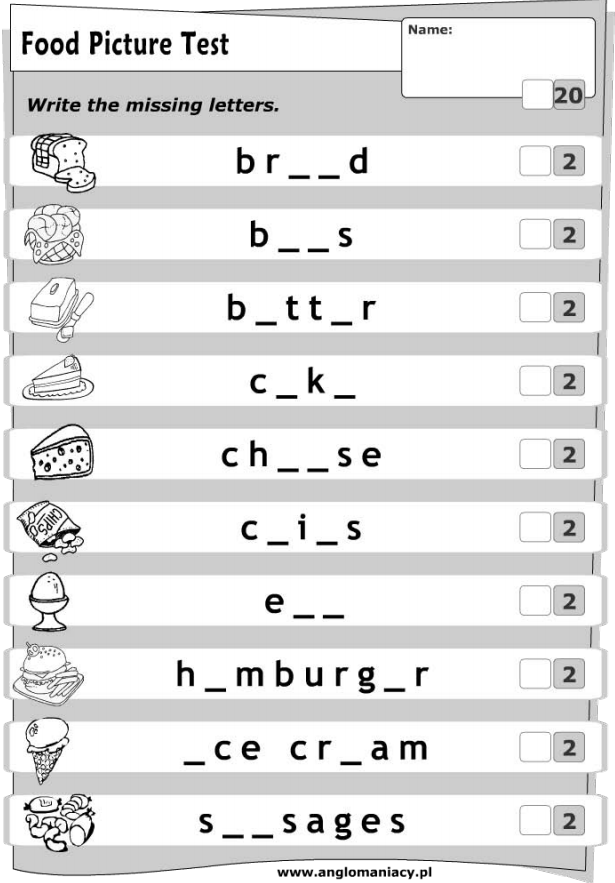 You can ascribe a plot point to each image and this will help them to get their ideas flowing, allowing them to explore their creative writing more easily.
You can ascribe a plot point to each image and this will help them to get their ideas flowing, allowing them to explore their creative writing more easily.
2. Mystery Box of Prompts
This idea is fantastic to get reluctant writers hooked on the activity and inspired. Fill a box full of cool writing prompts and let them explore. You could have a theme or just fill the box with random things such as a soft toy, some knick-knacks, or photographs- whatever you want.
3. Daily Writing Starter Challenge
These simple and quick writing exercises get students to rack up some frequent writing time. Simply put a prompt up on your board for your students coming into class, and allow them to get writing as you take care of your morning admin. Your prompt can be as challenging or as simple as you want from one word to longer questions.
4. Consequences Turn-Taking Writing Game
All this game requires is a piece of paper and something to write with.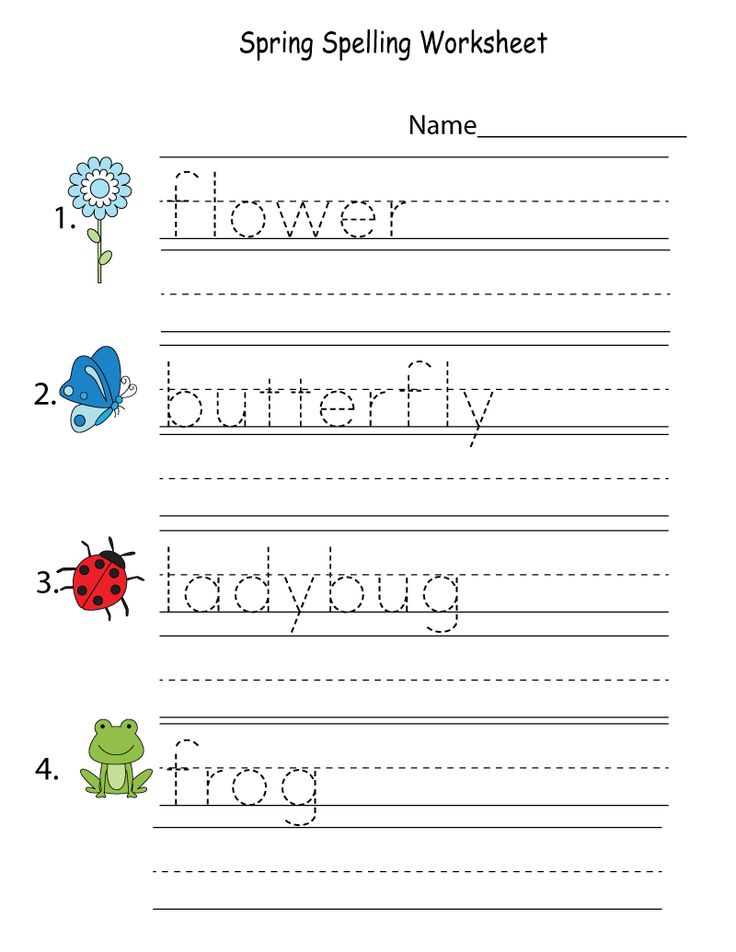 Students take turns writing part of a story, folding the paper over before passing it on to the next person. You can give your students a structure to follow or just leave them to come up with their own format.
Students take turns writing part of a story, folding the paper over before passing it on to the next person. You can give your students a structure to follow or just leave them to come up with their own format.
Learn more: Wiki How
5. Write Thank You and Appreciation Letters
Letter writing is a great, practical way to get students writing as they can clearly understand the purpose of the writing. Students can write thank you letters to friends or long-distance family members for gifts, first responders for their service, or to their janitor for keeping their school looking great.
6. Get Pen Pals
There are plenty of ways to connect with schools across the world and for your students to have the opportunity to write to someone from a completely different country. Sites like PenPal Schools connect schools from around the globe so that students can send letters to one another.
Learn more: Pen Schools
7.
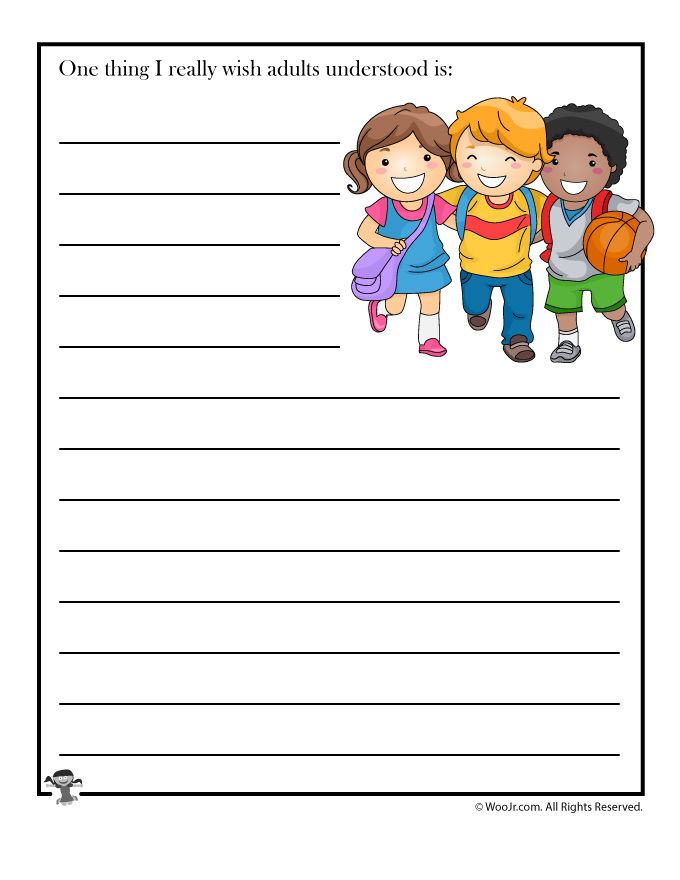 Create a Menu
Create a Menu Menu writing is a completely different type of writing, which is a bit more straightforward which some students struggling to get creative might enjoy. Students can come up with either genuine menus that they would love to eat like these ones or silly menus!
Learn more: Teaching with Love and Laughter
8. Finish the story
Give your students a story starter from The Literacy Shed and then allow them to continue and finish off the story. Students could pick from a few options or the whole class could work from the same starter. Finished stories can be read out and students can compare how different all their stories are.
Learn more: The Literacy Shed
9. Use Writing Prompt Cards
There are endless resources of cool writing prompts that you can find online. These are thought-provoking and can challenge students to think outside the box and write about things they otherwise might not have.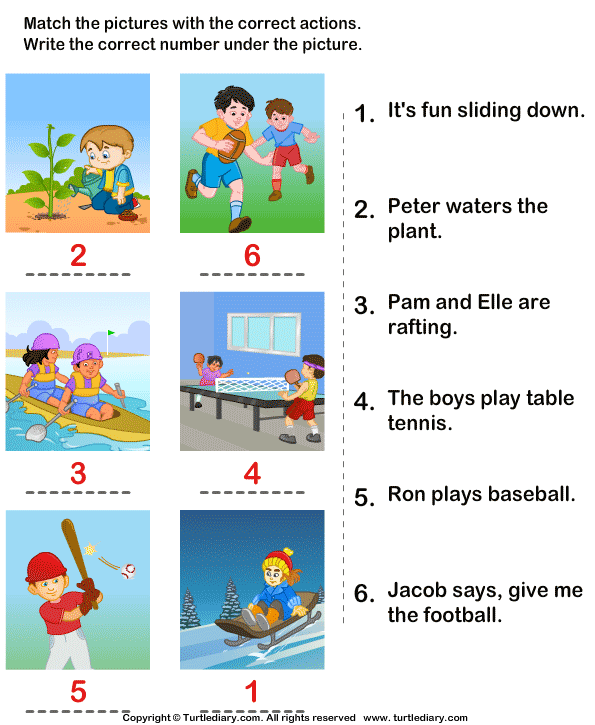 These mystery creative writing prompt cards are perfect to get students excited for writing lessons.
These mystery creative writing prompt cards are perfect to get students excited for writing lessons.
Learn more: Walking by the Way
10. Visual Story Prompts
This fun idea can bring variety to your class' writing sessions. Display a picture in your classroom during a writing lesson and use this as your prompt for students' writing. You can help students to draft starters or vocabulary to use or leave time to their own devices. The picture could be of anything, and you could even task a different student with finding one for each session.
11. Story Boarding
Storyboards are a great visual prompt for less confident or reluctant writers. Students can order the pictures in a way that makes sense then write the story. This version of a storyboard writing activity is perfect for younger writers, as each picture has some helpful vocabulary to aid writing.
Learn more: First Grade WOW
12.
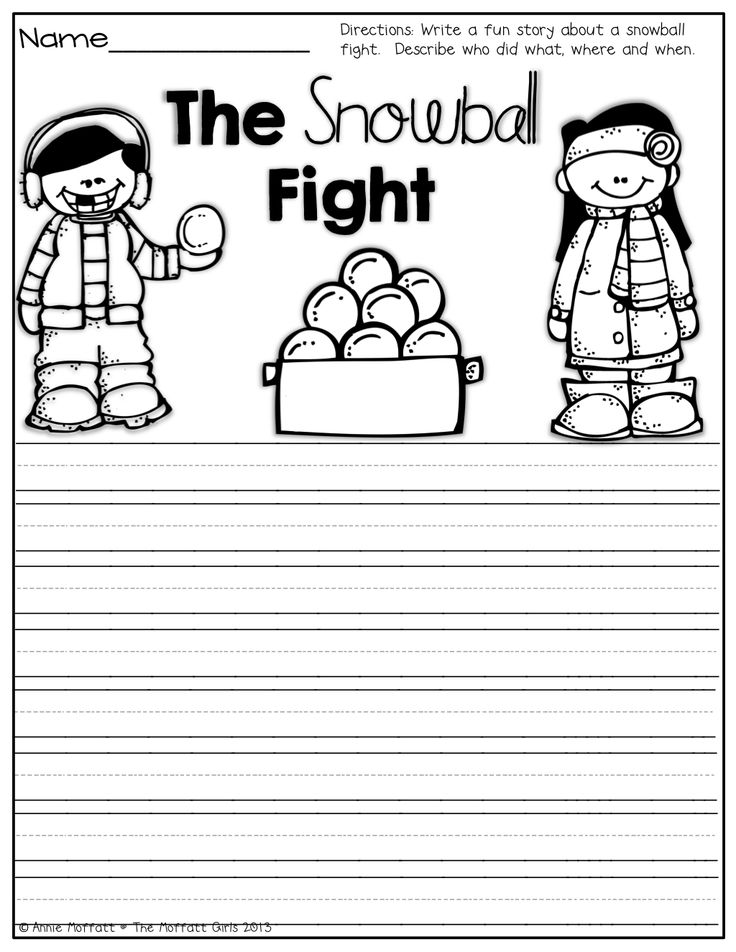 Write a letter to the Principal
Write a letter to the Principal Students will love the opportunity to write an old-fashioned letter to their Principal. You could get them to pick an issue in the school or make suggestions on how they think they could improve their school.
13. Silly Stories
Silly stories are a superb way to encourage students to come up with fun and creative ideas. These stories don't have to make any sense and can be as weird as they want! Get your students to swap stories at the end of this fun activity and watch the hilarity unfold.
14. Fairy Class Visitor
Shop Now on Amazon
This special writing activity is perfect for encouraging reluctant writers to put pen to paper as well as improving creative writing skills. Set up a fairy door like this one in your class one day before your students arrive with a letter from the fairy. Students can write back and write stories about the fairy.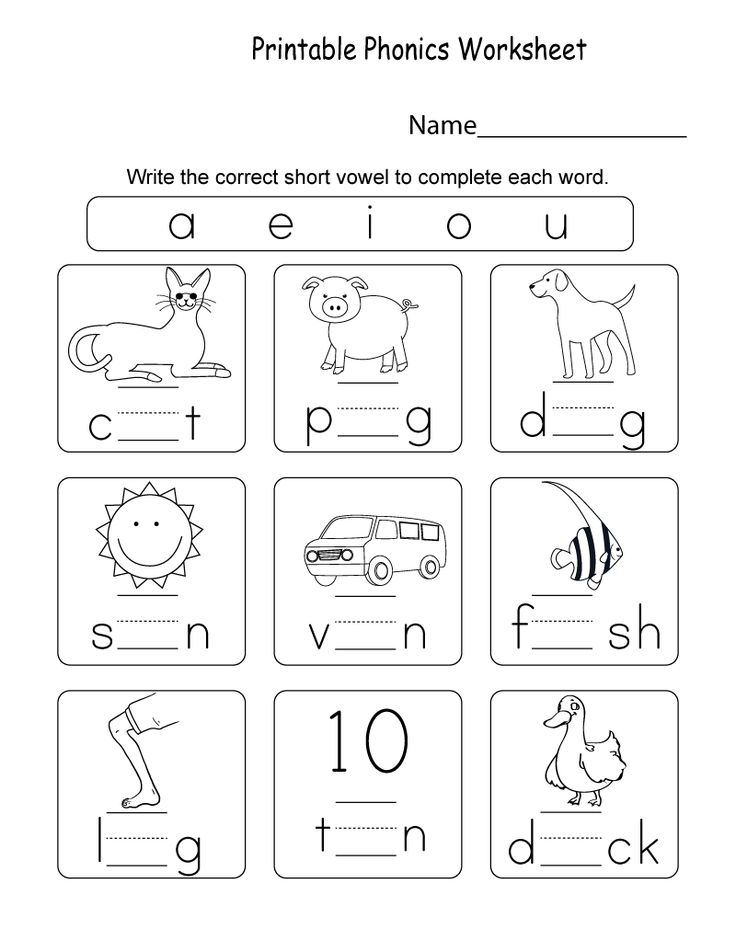
15. Daily Diary or Learning Log
A daily diary or learning log is a great way to wind students down for the end of the day, reflect on their learning and also encourage a daily writing habit.
16. Create a Class Recipe Book
A class recipe book is a fantastic project for your class and a great way to try out lots of different foods. Students can each bring a recipe from home and write them out either as they want or using a template like this one.
Learn more: Simply Kelly Designs
17. A Letter to Your Future Self
This activity is a favorite for the start of term as students can write a letter for their future self to read on the last day of term. The handwritten letters can also be a sweet keepsake for students to hold on to remember the year gone. Use templates like this one or let your students decide for themselves what to write.
Learn more: Mrs. Rojas Teaches
18.
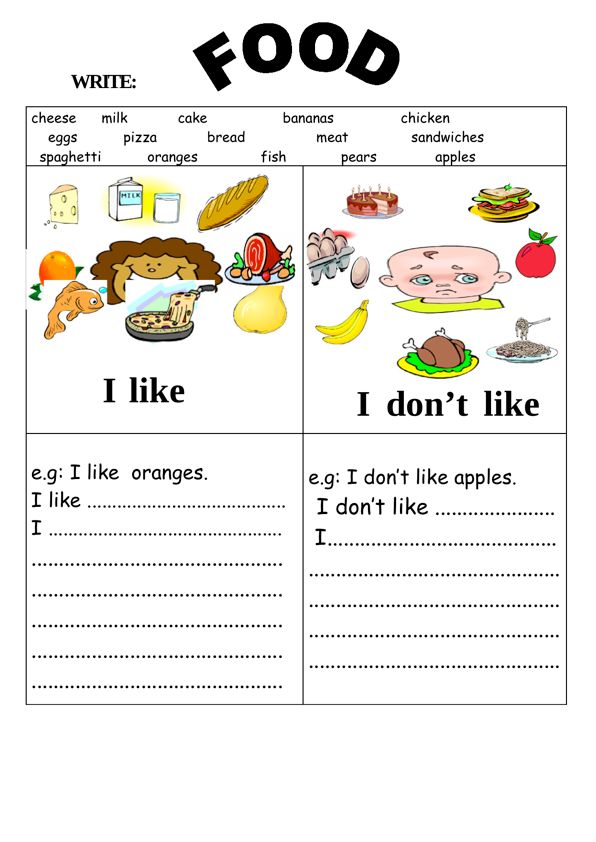 Write in Different Fonts
Write in Different Fonts Make writing fun and creative by allowing students to practice and try out different fonts. From bubble writing to cursive writing, students love taking the time to try out different ones and see how they can change their writing to make it look cool.
19. Set Visible Writing Goals
Visible, displayed writing goals are a practical way to get students to have a can-do attitude to write. This super display clearly displays goals for students to focus on when writing and can be edited to be suitable for both older and younger students.
Learn more: Zeek's Zoo
20. Display Students' Writing With Pride!
If students can see that you are proud of their work, then they will start to take more pride in it themselves. Simple displays like this one are perfect to quickly pop up fantastic pieces of your student's work, and change them out for a newer brilliant piece of work every few weeks.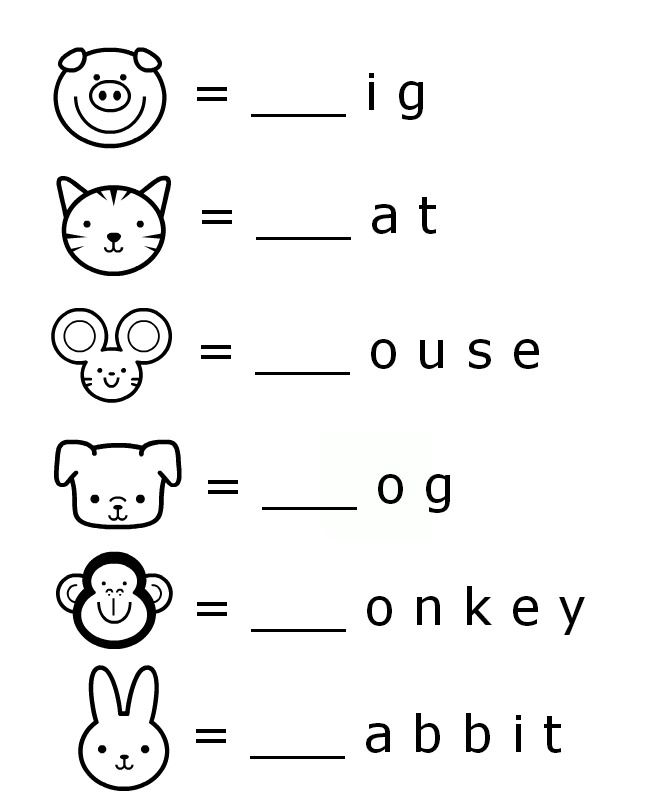
Learn more: Flipping for First
Learning to write from children: fun games
Teaching children to write is something that is gradually achieved from 3-4 to 6 years, although age is not the only determining factor in learning to write. Writing also requires language, thinking, and psychomotor development. Through play, children acquire the skills necessary for playful writing. Let's see fun games to learn how to write from kids.
Index
- 1 Every child is a world
- 2 Fun games for teaching children to write
Every child is a world
When thinking about teaching children to write, we must remember that each child develops differently . We cannot use the same rhythm or the same expectations with children of the same age because, as we saw earlier, different abilities and skills are involved that are not achieved simultaneously.
The first thing you need to learn to write is fine motor skills i.e. the precision of hand and finger movements, allowing you to accurately hold a pencil, chalk, wax ... everything that is used for writing. This is a skill that gradually develops, and gradually the child will become more accurate. You also need to purchase phonological awareness (associate sounds with letters). Do not push or force them . Children need fun, surprises and excitement to learn. We must respect their learning rhythms.
Select 9 to play these games0005 calm and relaxed atmosphere . A place where is free from interference (If you have a TV, turn it off and any other electronic devices that may distract you) and be in good posture. Workplace with good lighting where everything is at hand. You can put the alphabet in a prominent place, this will also help. Let's see some fun games to teach kids how to write.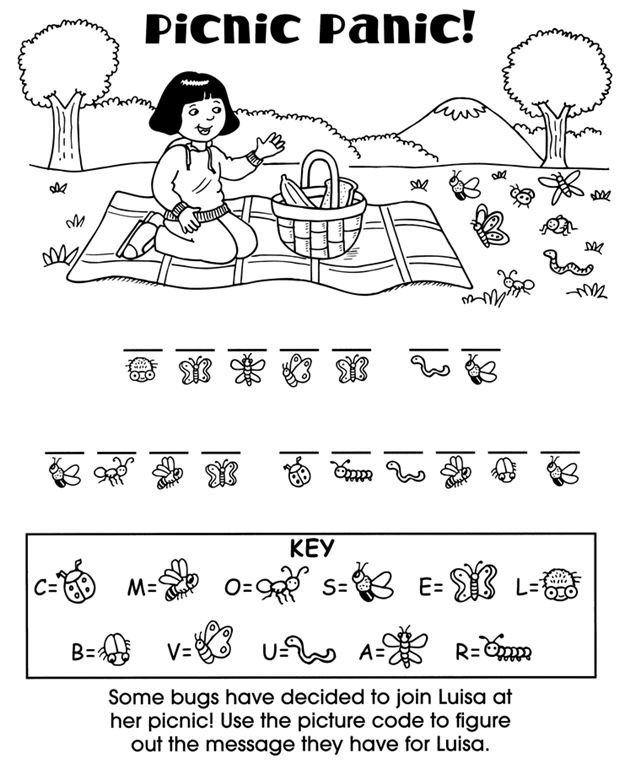
Fun games for teaching children to write
- Plasticine . To learn how to write, we must first learn to recognize words. Children love to play with plasticine. We can use this to go sculpting letters what do you suggest. You can start with the simplest ones (the vowels) and then continue with the rest of the consonants.
- Figures with body . Similar to the previous one, but in this case they must compose the suggested letters with their own body. When they do, you can take a photo of it so they can see if the final result looks like a letter. nine0014
- Magnetic board . These boards are great for writing and understanding words. To play with this, we can write some words on slips of paper that are missing a letter. The child must choose a piece of paper, put the unfinished word on the magnetic board and try to complete the word.
- Letters on a light table .
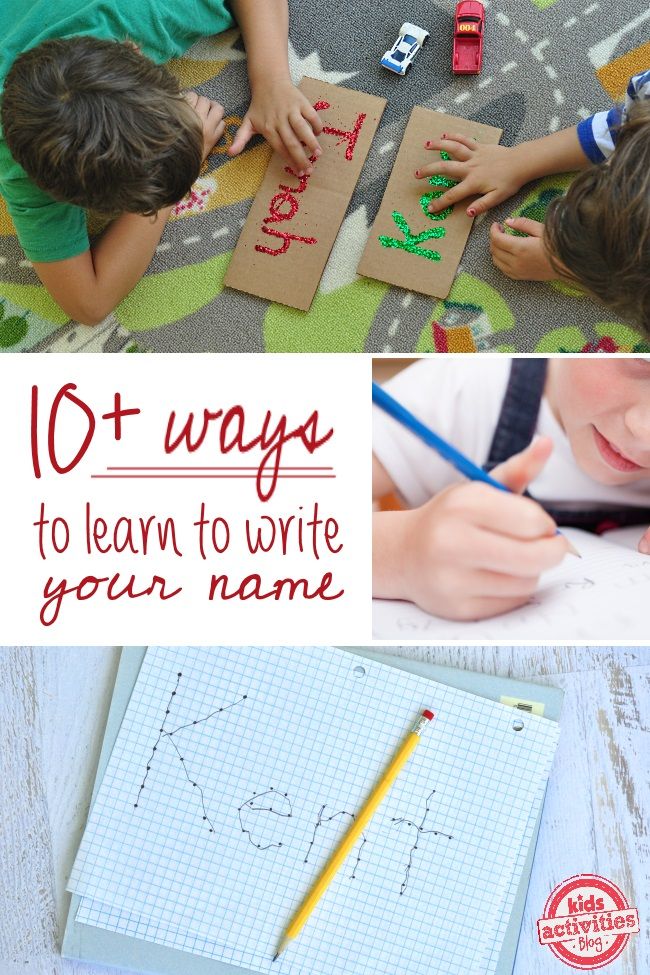 Bedside tables are a very trendy educational resource of late. It is a luminous surface that allows children to explore their senses. To do this, you can put on a light table. nine0005 sand, soup paste or salt so that the child can write letters on it. You can use your fingers or use a chopstick.
Bedside tables are a very trendy educational resource of late. It is a luminous surface that allows children to explore their senses. To do this, you can put on a light table. nine0005 sand, soup paste or salt so that the child can write letters on it. You can use your fingers or use a chopstick. - Search and find . A game that consists in searching for items that begin with the letters of the alphabet. In addition to having fun with the family, it helps children improve their phonological knowledge.
- drawings . Children love to draw. We can suggest a letter of the alphabet and ask them to draw something they think is related to that letter or has a similar shape. Drawing improves their fine motor skills, and at the same time they notice letters, their sound, the way they are written, and the words that contain them. A complete game to be explored while playing. nine0014
Because remember... learning to write is a magical moment when the world of letters makes sense.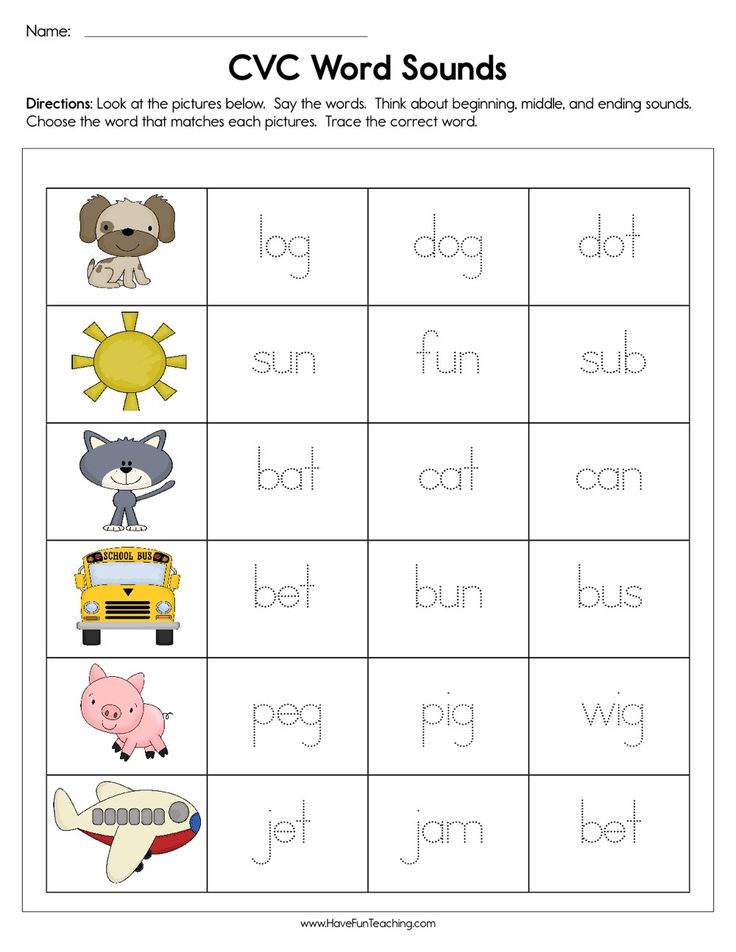 Enjoy this moment with your child.
Enjoy this moment with your child.
The content of the article complies with our principles of editorial ethics. To report a bug, click here.
You may be interested
35 entertainment for kids when they are bored.
Boredom is a natural part of childhood. No matter how many toys they have or the activities you have scheduled in your schedule, they won't be interested in what they have. Boredom is also characteristic of children who have unplanned and unstructured days. Interestingly, boredom is good; it gives children the opportunity to find creative ways to keep themselves occupied and overcome stagnation when it inevitably hits them. Here are 35 fun things to do when the kids are bored at home:
1. Cycling.
Few activities can be as easy and rewarding as cycling through the neighborhood alone or with friends. If your child is old enough to drive himself, invite him to ride a bike with his friends in the neighborhood. Physical activity lifts your spirits and clears your mind of boredom.
Physical activity lifts your spirits and clears your mind of boredom.
2. Write a story.
Have the children write a story about any topic of their choice. Maybe it's a story about the adventure of their favorite toy in the house when everyone is asleep, or a funny story about a family dog that gets into trouble all the time. Writing a story sparks their imagination and develops a flow of creative forces. nine0003
3. Art on the pavement.
Sketching on paper is fun, but drawing on the sidewalk lifts the mood a few notches higher. Give the kids a set of crayons and let them unleash their creativity. You can come up with an interesting topic or ask them to come up with their own.
4. Wash the family car.
Many children enjoy doing tasks that make them feel like adults. You can turn washing your car into a fun pastime by turning it into a role-playing game. For example, children are the owners of a car wash, or whatever you can imagine together.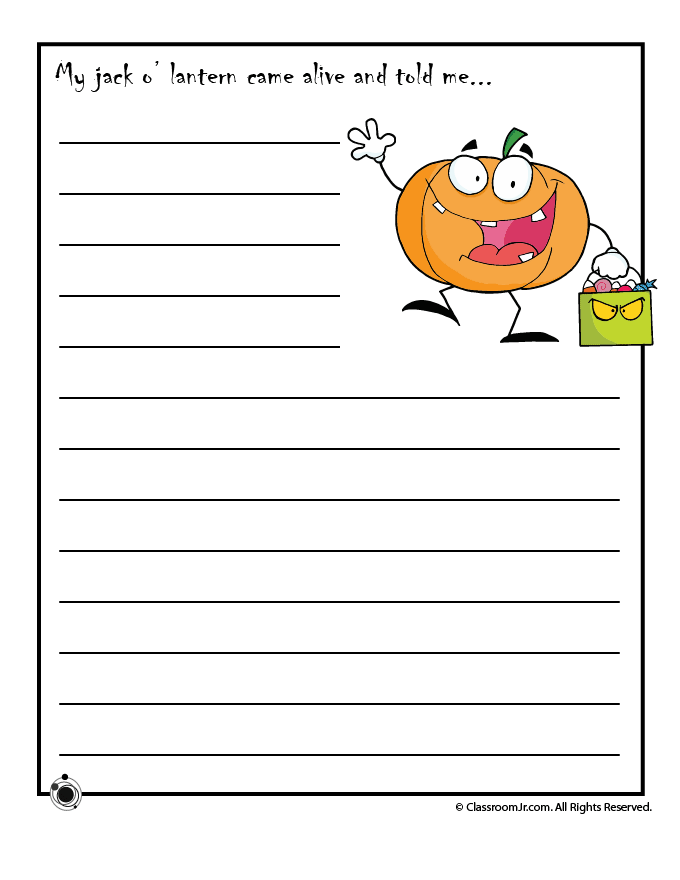 nine0003
nine0003
5. Build a fort.
Building a fort is probably one of the most fun games that anyone can enjoy. Whether you use furniture, blankets and pillows, or cardboard boxes from your attic, you can learn a lot from building forts for kids. A great one awaits at the end, the reward is to sit in the fort and play games while sipping a cool drink.
6. Rearrange the room.
If you are willing to provide a good reward, the children will not suffer because of the cleaning and rearrangement of the room. Try moving a few things, replacing something old, or putting in something that will freshen up the place. If the room is too boring, ask them to help you in the kitchen. nine0003
7. Color your stone collection.
If you love hiking, make it a habit to bring home smooth or interesting rocks. You can clean them up and color them when you are bored to make the collection of stones more interesting. Show the best stone in the room.
8. Write a letter to a relative.
Writing letters is outdated and that's why it's so much fun. When the kids are bored, ask them to write letters to their grandparents, aunts, or even friends who live in another city. Letter writing is an art that is rapidly disappearing among the younger generation, so it's not only a fun experience, but also a learning experience. nine0003
9. Make a "When I grow up" poster.
One of the best ways to get rid of boredom is to be creative and imaginative. Open your mind and make a list of everything that kids would do as adults. The best of them can be turned into a drawing in which they will be depicted in costumes, and the rest of the family will be next to them.
10. Make a time capsule.
There is nothing better than opening a time capsule for nostalgia. Have your child collect items of the year, such as toys, collectibles, or anything that reminds them of the time they live in, and put them in an airtight box.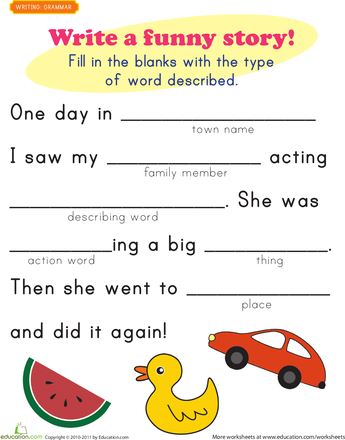 Hide the crate in your basement, attic, or somewhere else to keep it safe for years to come. Write the date you all agree to open it. nine0003
Hide the crate in your basement, attic, or somewhere else to keep it safe for years to come. Write the date you all agree to open it. nine0003
11. Learn how to make slime.
While you can buy slime from the store, making your own is a rewarding experience. Your child will learn all about the basics of chemistry and learn why materials behave the way they do. On the Internet you can find several recipes for making slime with interesting properties.
12. Art collage.
This is one of the best activities for kids to get rid of boredom by bringing back old memories. Pull out the old coloring or drawing books your child used when they were younger and choose drawings that you can cut out for a collage. You can choose a theme or make it random and stick them all on cardboard. nine0003
13. Go hunting for items.
Hunting for objects, whether near the house or outdoors, can be fun, especially as a group activity.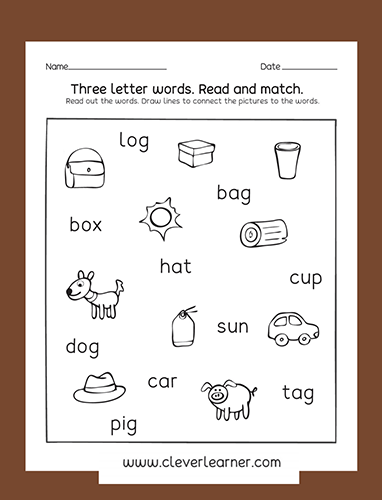 Find 10 or 15 items of a similar nature, such as rocks, leaves, or anything that will fit in a jar. If you have a metal detector, the activity can increase several times.
Find 10 or 15 items of a similar nature, such as rocks, leaves, or anything that will fit in a jar. If you have a metal detector, the activity can increase several times.
14. Bake something.
The kids will really need your help with this, but it's a very rewarding activity. Ask them to help you make a cake or pizza, let them work with the dough, toppings or cream so they learn everything they need to know. nine0003
15. Play a treasure hunt.
Treasure hunting should not turn into a party or a family holiday. When your child is bored, choose something they would like to find, such as a chocolate bar or favorite toy. Hide the toy where he will least look and leave clues to find it.
16. Dance party.
Prepare a playlist of your kids' favorite dance songs for this situation and play it when they get bored. There is nothing better than dancing to cheer up and get rid of boredom. nine0003
17.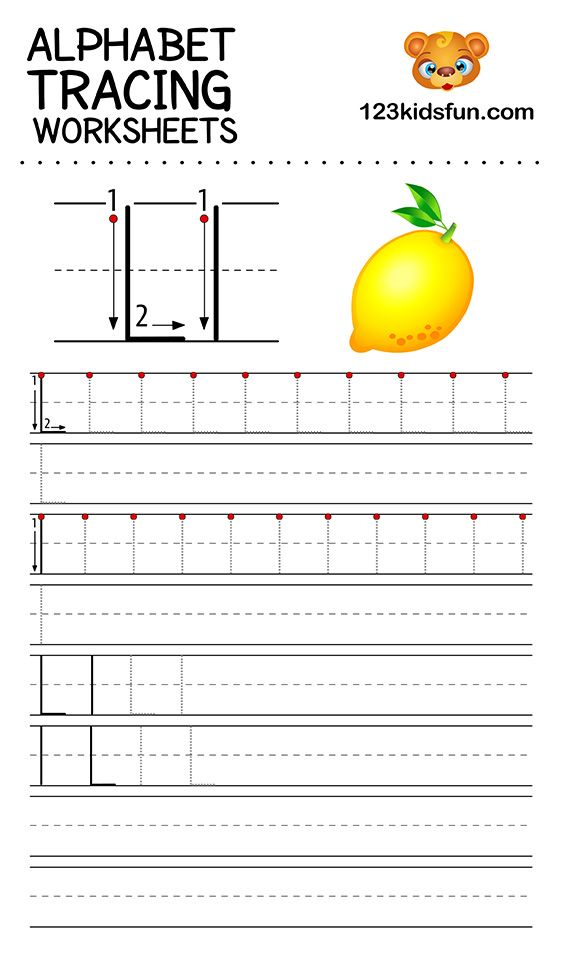 Create an obstacle course.
Create an obstacle course.
This is quite a fun activity, especially if you have small children. Help them build an obstacle course out of cardboard boxes, play tunnels, or whatever suits the game. Older kids will love building their own obstacle course and showing you their progress.
18. Fun yoga classes.
You can hear a few protests at first, but once classes start, yoga becomes quite refreshing. If you have the space for it, aerial yoga is a great pleasure for kids. You don't have to follow the rules, just go with the flow. nine0003
19. Lego hunting.
For this you will need sets of Lego blocks in different colors and four pieces of paper in matching colors. Hide the blocks in different places around the house, or ask your older sibling to hide them while your younger one looks for them. Having found them, he must put each block on a sheet of the corresponding color.
20. Write a story about your week.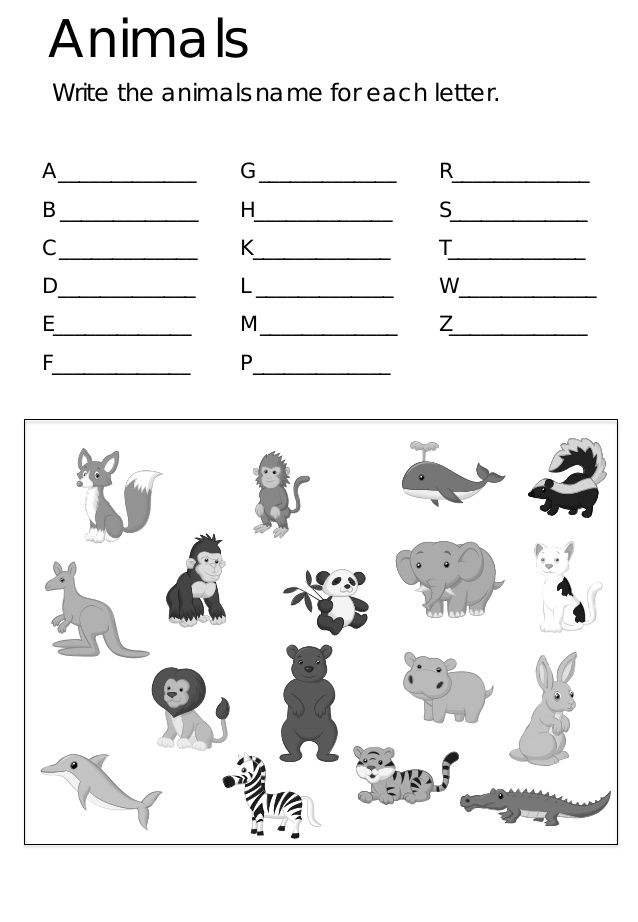
Ask the child to remember everything that happened during the week and make a story out of it with more pictures and words. You can also make the cover of the storybook of the week and tie the sheets together to make a book. nine0003
21. Make up a play.
Discuss an interesting story with your children and put on a play for family or friends. Make costumes and record dialogues. This may take some time, so make sure you don't have anything else planned for the rest of the day.
22. Accept the challenge of art.
There are a number of art activities on the Internet that will keep children entertained. Find ways to use new tools and materials to create complex artwork and spark creative thinking. You can also download art challenge templates to get more ideas. nine0003
23. Stargazing.
If your children are bored on a clear evening, stargazing can be a very rewarding activity. Use any of the available celestial apps that will show you the constellations and where to find them.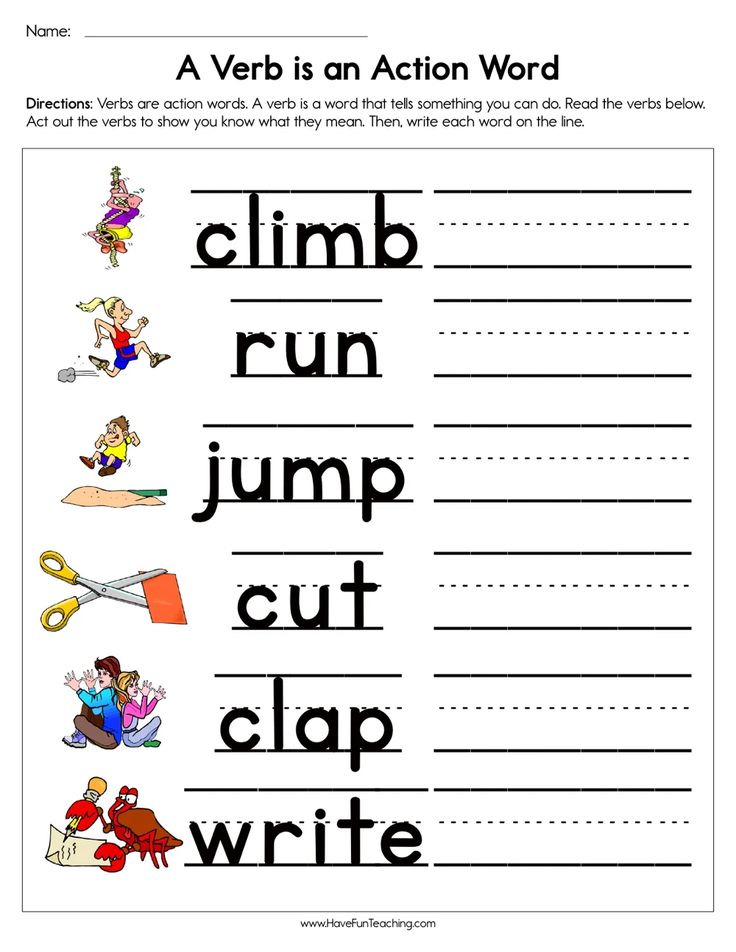 Find the stars, planets, and patterns used by astronomers in the sky and sketch them in a sketchbook. It's great if you have binoculars or a telescope as they can give you a whole new perspective on the sky.
Find the stars, planets, and patterns used by astronomers in the sky and sketch them in a sketchbook. It's great if you have binoculars or a telescope as they can give you a whole new perspective on the sky.
24. Play-Doh art show. nine0006
The more children involved, the more fun the class will be. Make plasticine sculptures and decorate them with glitter and colored paper. Put them on public display. You may even have prizes for the best sculptures.
25. Expert presentation.
Choose a topic your child likes and ask them to search the internet for all the information they need to make a presentation. He can choose any tool he wants, make a slideshow and show it. Give him enough time to explore and choose interesting topics such as space, dinosaurs, oceans, or the moon. nine0003
26. NERF or water pistol combat.
There's a lot to be said for a water skirmish. This is great outdoor fun during the holidays when kids get together while playing.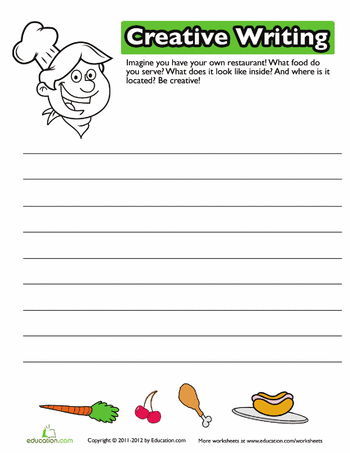 You can divide the children into teams and give prizes to the winners.
You can divide the children into teams and give prizes to the winners.
27. Take a mindful walk.
A mindful walk differs from a normal walk in that you walk with a plan. During your mindful walk, take the time to notice small details that you might not otherwise notice, such as sounds, animals, birds, and the smell of the air. You could also observe the pavement, the clouds in the sky, the direction of the wind, and walk while studying your surroundings. nine0003
28. Garden camping.
Set up tents and camp in nature, barbecue. Let the children help you set up the tent and make a fire. Stay overnight in tents to get the most out of it.
29. Games with balloons.
A simple game like keeping a balloon from touching the ground is very enjoyable because it requires a lot of teamwork and effort. Set a time limit for how long the balloon will stay in the air and reward the kids at the end for extra time.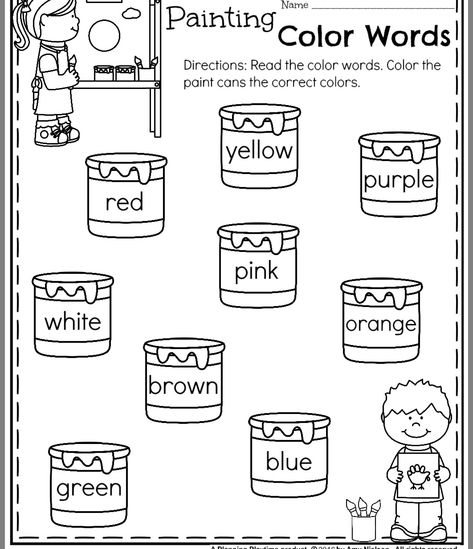 nine0003
nine0003
30. The floor is lava.
One of the oldest games that always works. Collectively decide which furniture is stone and which is lava. When one person yells, “The floor is lava,” everyone runs to find a safe place before time runs out.
31. Interview with grandparents.
Make a list of questions for grandparents and interview them. You will never guess how many useful and interesting things you can learn about the past. nine0003
32. Plant a garden.
Gardening is a necessary skill for everyone. Buy seeds and plant a simple flowering plant or vegetable in a pot. This is a great learning experience.
33. Make a sock doll.
Take a few different socks to put on your hands. Use rubber bands and drawing pens to make puppets and put on a show.
34. The best education.
Ask the children to write down a couple of things that will make you a better parent.